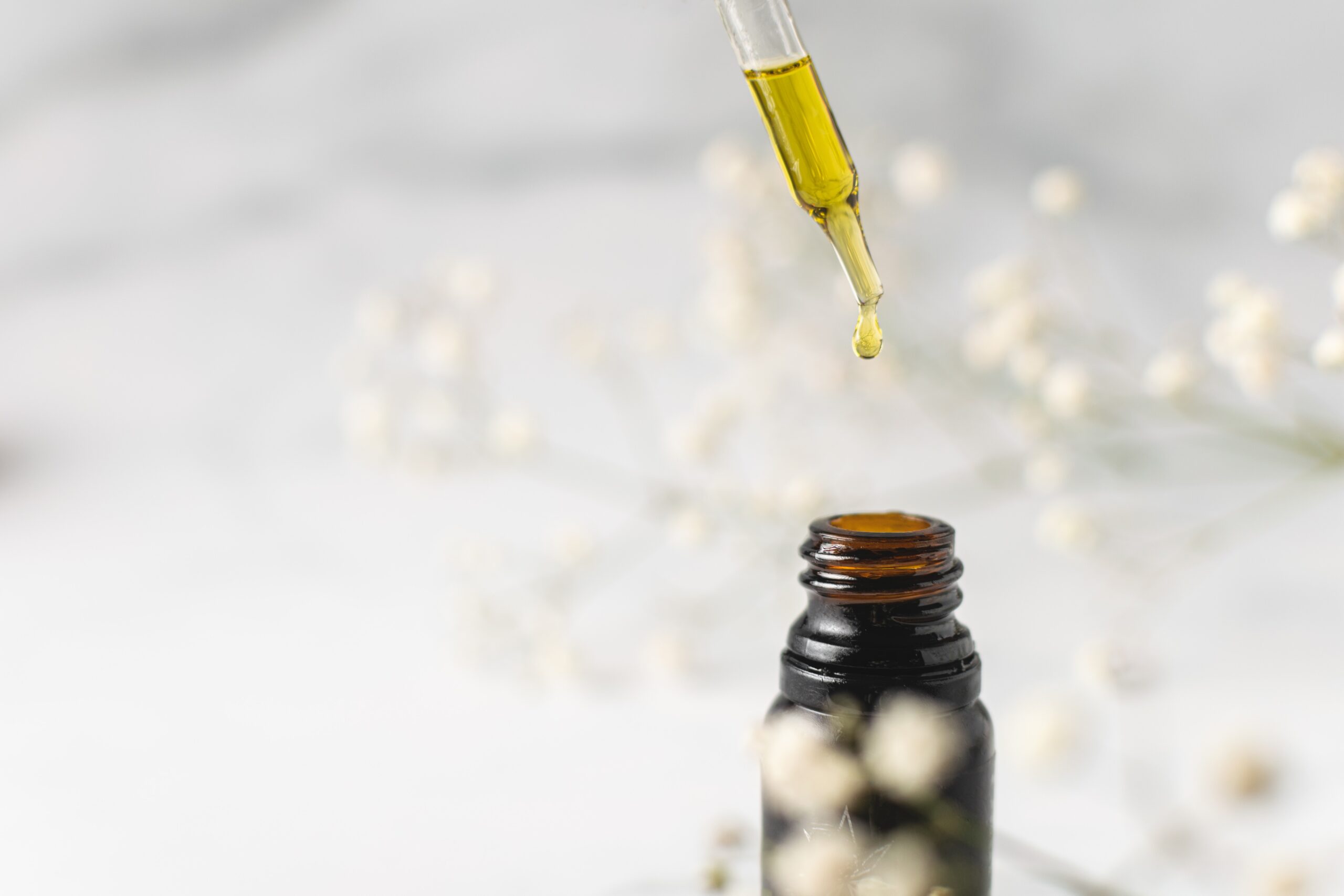Table of Contents
As another year rolls in, the new TPD vaping laws throw themselves into the media limelight again, for better, or for worse.
Next month (May 20th) sees the new vaping laws come into force, and this is always a testing time for e-cigarette vendors and consumers alike. For those who don’t know, the TDP (Tobacco Products Directive) is a regulatory body created by the EU by un-elected officials voted into power through MEP’s, coupled with pharmaceutical industries, I’ll talk more about that below.
Despite its enactment into UK law during May 2016, the Brexit vote will not affect the current legislation. The only way this could be overturned or affected would be if a repeal of the law in UK parliament was enacted.
What is TPD?
The TPD stands for Tobacco Product Directive and is an EU directive that tells all member states of the EU on how to control tobacco. this includes the advertising, distribution, and manufacturing of all e-cigarettes.
Companies such as Mist (UK-based) have prepared for the vaping laws 2017 has to bring by taking out several quality control tests on their e-liquids and other e-cigarette products under the TPD scrutiny panel. This is to ensure that their income and distribution figures are not dramatically affected by the new laws.
It is encouraged that other e-cigarette retailers and vendors prepare for the eventuality that they may have to chop and change their stock orders because of the new rules.
UK Vaping Laws for 2017: What’s Changed?
The maximum tank capacity is now 2ml
This is sure to anger and frustrate many people who enjoyed the high performance and sub-ohm vaping tanks. This will surely severely impact the fast-growing vape festivals and specifically the cloud competitions they host, as the smaller tanks will simply not be able to produce nearly as much vapour. I personally do not understand the reasoning behind this, as this will just force vapers to spend more time and money topping up their tanks along with the community suffering.
Maximum nicotine strength now 20mg
Now, there are clearly pros and cons of this new rule. Many will argue that the cut in nicotine strength is a fantastic idea, as they may argue that vaping should be seen as a ‘weening’ process where you aim to stop smoking/vaping full stop. This rule will surely entice high nicotine vapers to seriously consider dropping their nicotine usage.
On the other hand, this may outrage the people who have made vaping a mainstay in their lives. Not everyone switches to vaping to help them stop smoking, many simply make the switch because the prefer the many flavours and endless mods/tech that come with buying an e-cigarette. If anything, this may encourage high nicotine vapers to start smoking again because they’re unable to get the ‘hit’ they require from a 20mg nicotine dose!
Either way, this was a very controversial move from the governing bodies at TDP, and it wouldn’t surprise me if they kept on lowering the nicotine strength in the years to come.
Maximum refill containers cannot exceed 10ml
Another fairly questionable addition to the rulebook, as not only does this mean that more plastic is flushed into the world, the costs of e-liquids will inevitably increase, as packaging makes up a significant part of production costs. One of the biggest bonuses of vaping – in contrast to smoking – was the fact that it is costs considerably less than smoking. Discontinuing the bigger refill containers means that the prices will inevitably go up, and the demand for 10ml bottles will follow suit.
Sure, the change won’t mean that vaping will see a massive price jump in the wrong direction, and it may never be as expensive as buying a 20-pack of cigarettes. However, the change will not be a welcome one to vapers across the globes, as no one likes a price bump.
Product approvals, data reporting, and customer notifications now in play
While this may sound fairly concerning, many of the proposals have been welcomed by the industry, as they seek to increase safety and quality control. This is mainly directed at dealers and retailers that aren’t very respected, i.e., manufactures that don’t follow strict quality control procedures.
Product registration for every product variation (yes, this means every strength and flavour) will not only mean we’re likely to see less e-cigarette flavours, but they’re going to cost more, mainly due to extra business costs.
While this change does essentially improve our health and safety standing, it does have the potential to discontinue many people’s favourite e-liquid brands that may well be very safe, but don’t match these incredibly strict new guidelines.
Vaping in 2017, a Welcoming Change?
It seems as though 2017 will be introducing some pretty strict laws in regards to vaping. While this may – in the long run – see more people giving up smoking, it will surely have damaging effects on the e-cigarette community. Smaller businesses are likely to be shut down, and product variation and offerings would be massively reduced, both of which would seriously hamper the vaping community.
The TPD is something that not only all e-cigarette should appreciate and prepare for, but also consumers, as in the likely case that your favourite e-liquid or atomiser size is discontinued.
So, in short, you’ll want to make the most of what’s still being sold while it’s still legal!
Written exclusively for Spinfuel VAPE by Kevin Ewbank of www.smokshop.com





